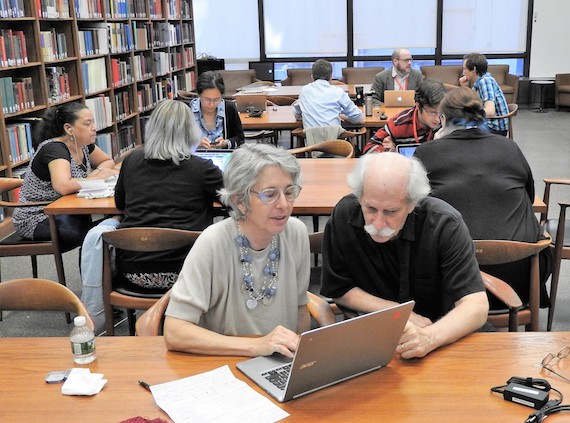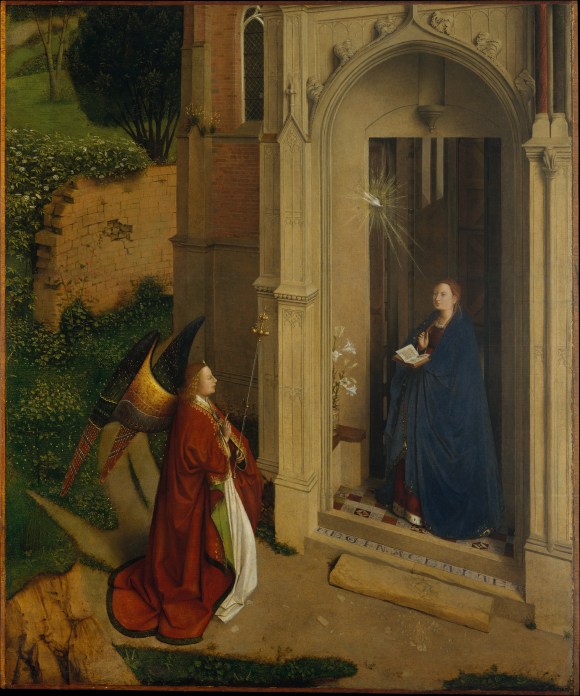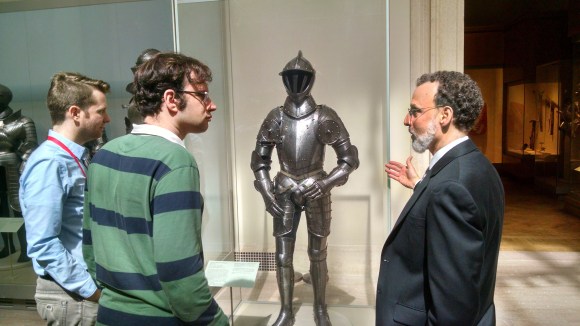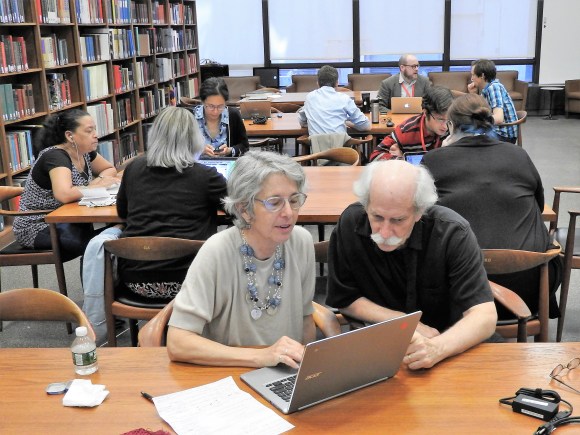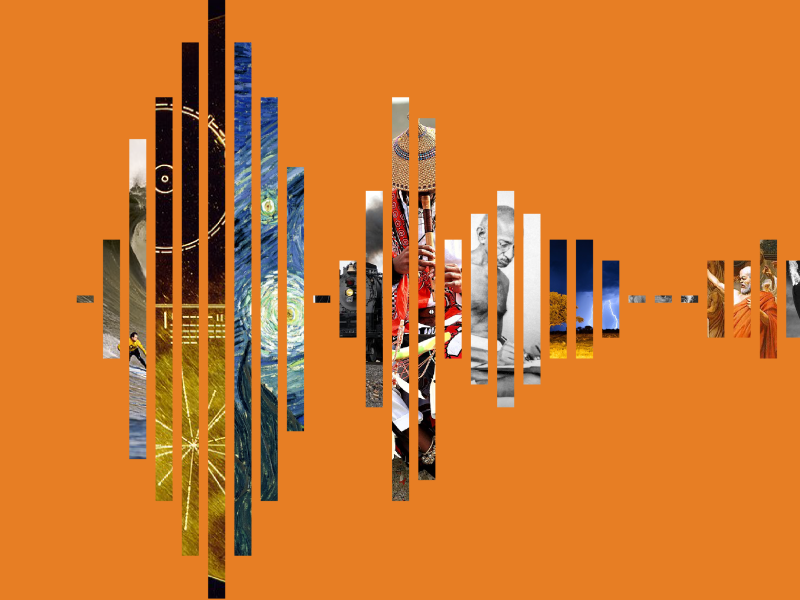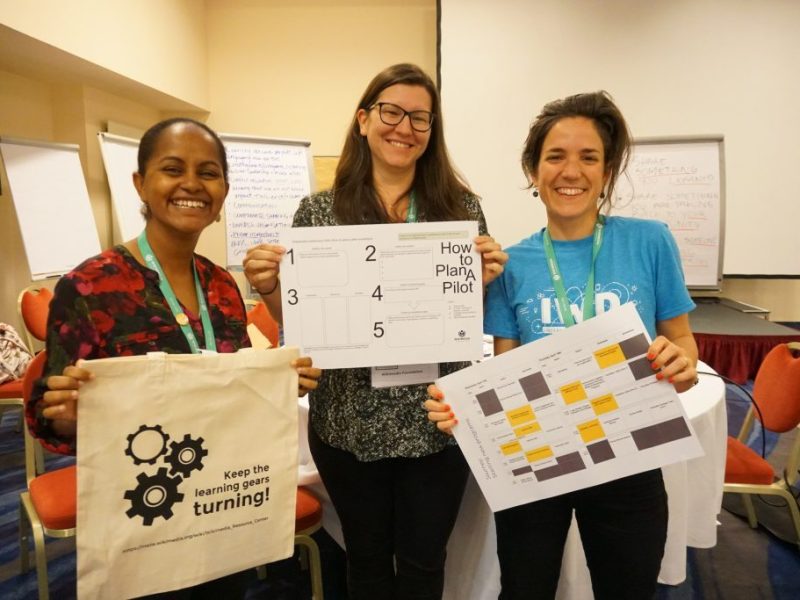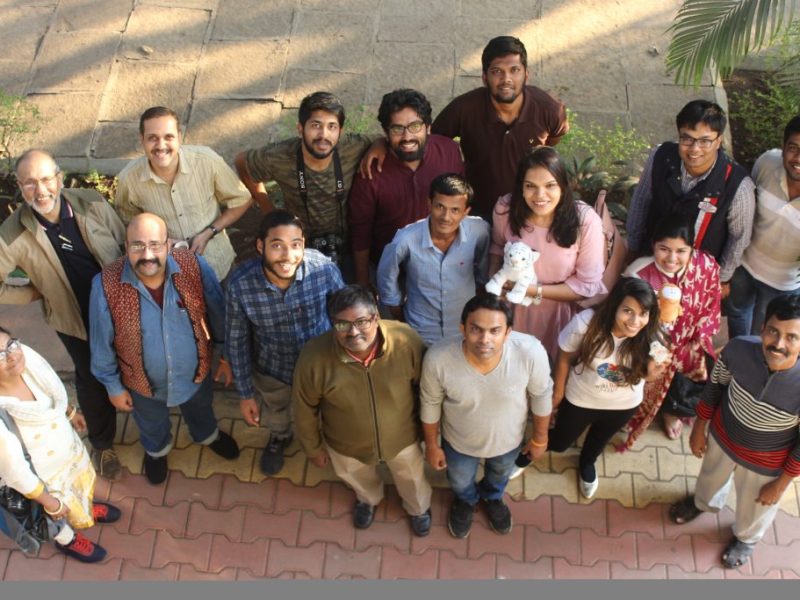Six months ago, I started my work as a Wikimedian-in-residence at the Metropolitan Museum of Art. With the launch of the Met Open Access initiative and policy in February 2017, we started with a simple yet audacious goal: to upload 375,000 images of public domain artworks onto Wikimedia Commons, the free media repository, and integrate them into the Wikimedia universe and communities.
I’m reminded of this immense scope every day: when I walk through the museum’s galleries, which hold 5,000 years of art history, and in taking an elevator that sits between adjoining halls devoted to Ancient Rome and Oceania. All of these historical public domain artworks, the great majority of this encyclopedic museum, are part of our project.
As a lifelong New Yorker who had the pleasure and mind-expanding experience of growing up with this museum, and has been fascinated since the early GLAM days of 2009 by the possibility of sharing it on Wikimedia Commons, the opening up of this collection (and the opportunity to be a part of the process) has meant a lot to me.
As time has gone on this year, and as over 300,000 are now uploaded, I can appreciate better the scale and complexity of both that original goal and especially the necessary bridge-building that goes beyond it.
For example, there is no standard way to upload such large image batches to Commons. After going through several options, each valuable but imperfect in their own way, the tool I chose for the task was GWToolset, which is able to relatively easily convert the CSV metadata of the Met Open Access release, providing relevant categories and descriptions for fields on the Information template on Commons. At the same time, we sought to expand the range of Met artworks available with distinct Wikidata items, adding and importing data for all of the collection highlights from the museum website, including the non-paintings and three-dimensional works that were often missing. All of this was immensely assisted by supporters from WikiProject Sum of All Paintings, which has been active in creating Wikidata items for paintings in particular from all museums, and is now helping us with the Met project in all artwork genres.
On the Wikipedia side, we have renewed and developed WikiProject Met for the museum, set out a census of existing artwork articles (many of which were uncategorized or unassociated with the WikiProject), and began chronicling a spontaneous burst of new articles inspired by the first image uploads in February.
I’ve found that a Wikimedia-compatible high-quality image is a powerful spur to start or improve an article on an artwork, making the writer’s text more meaningful and appreciated. We worked with curators to help select artwork articles, including with the Department of Arms and Armor to start Armor of Emperor Ferdinand I, which is one of only a handful of articles on historical suits of armor. This had some interest as an underdeveloped genre of works on Wikipedia, and connected also to a number of new articles written within the scope of WikiProject Fashion.
In addition to the spontaneous efforts prompted by the availability of new images, we also encouraged editors to contribute in structured ways. At the museum itself, an edit-a-thon was hosted by the Thomas J. Watson Library, a pioneer of Wikimedia projects at the Met predating the Open Access initiative, and participants at the event benefited greatly from the librarian expertise present.
A strength of the edit-a-thon and the Wikimedia projects at the Met generally has been the ability to bring together interdisciplinary collaboration, with the museum’s Digital, Education, and Libraries departments all contributing in true encyclopedic fashion. One highlight result from the Thomas J. Watson Library edit-a-thon was Hiawatha and Minehaha, a pair of busts by Edmonia Lewis, the article developed by artist Heather Hart of the Black Lunch Table project. You can read a Met librarian’s account of the edit-a-thon at a blog post in the Met Libraries’ In Circulation by William Blueher.
And at the same time globally, the Met Open Access Artworks Challenge was held online, encouraging contributions on Commons, Wikidata, and Wikipedia in multiple languages, and modeled on the UNESCO Challege. In a dozen languages from Albanian to Ukrainian, articles were translated or written afresh, and even more languages had images added to illustrate their subjects. The first-place winner, Marisa Lobato Roig, completed many translations to Spanish and other languages, including that of an Annunciation by Petrus Christus. Also online, a specialized edit-a-thon was held with WikiProject Women in Red focusing on works by women artists in the museum’s collection, including a number of entirely new articles such as Portrait of Charlotte du Val d’Ognes.
To facilitate the museum’s edit-a-thon and the global challenge, we sought to develop new Wikidata-based tools to help with the creation of new draft articles. The Mbabel (“Museum of Babel”) template was developed to auto-generate a basic draft article and infobox for any artworks at the Met or elsewhere, which would then be further developed before publication. This Wikidata functionality for the artwork infobox is now in the process of being improved and universalized on English Wikipedia with a prototype by Mike Peel.
For the next six months, we look forward to deepening and regularizing community and museum relationships, engaging with more online and offline campaigns, further technological tools and collaborations, and generally forward the multi-form goal of working to “Wiki-fy the Met, and Met-ify the Wiki”.
Richard Knipel, Wikimedian-in-Residence
Metropolitan Museum of Art, New York
